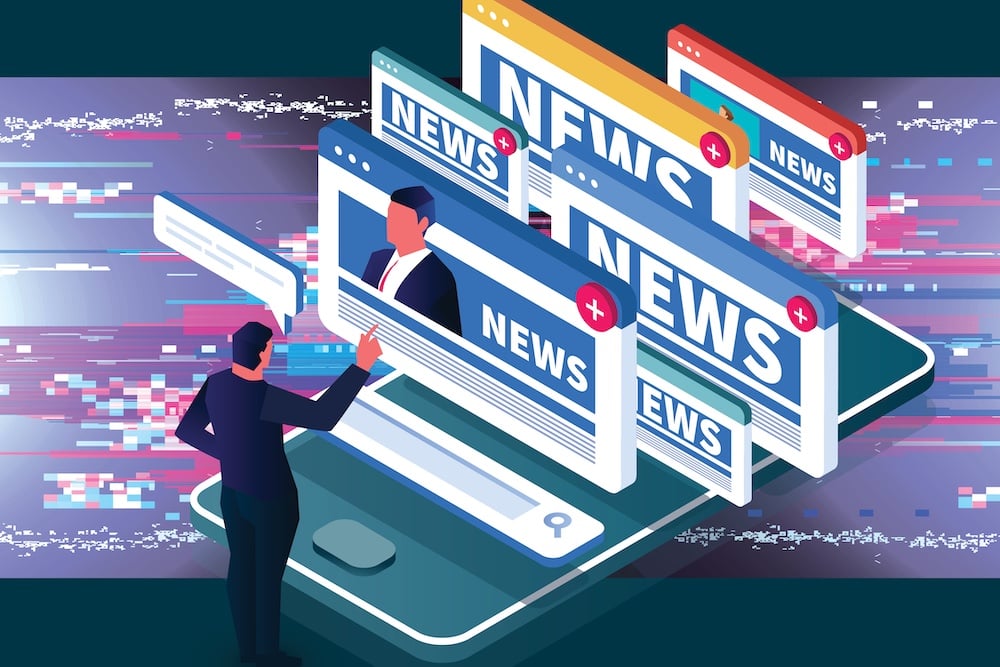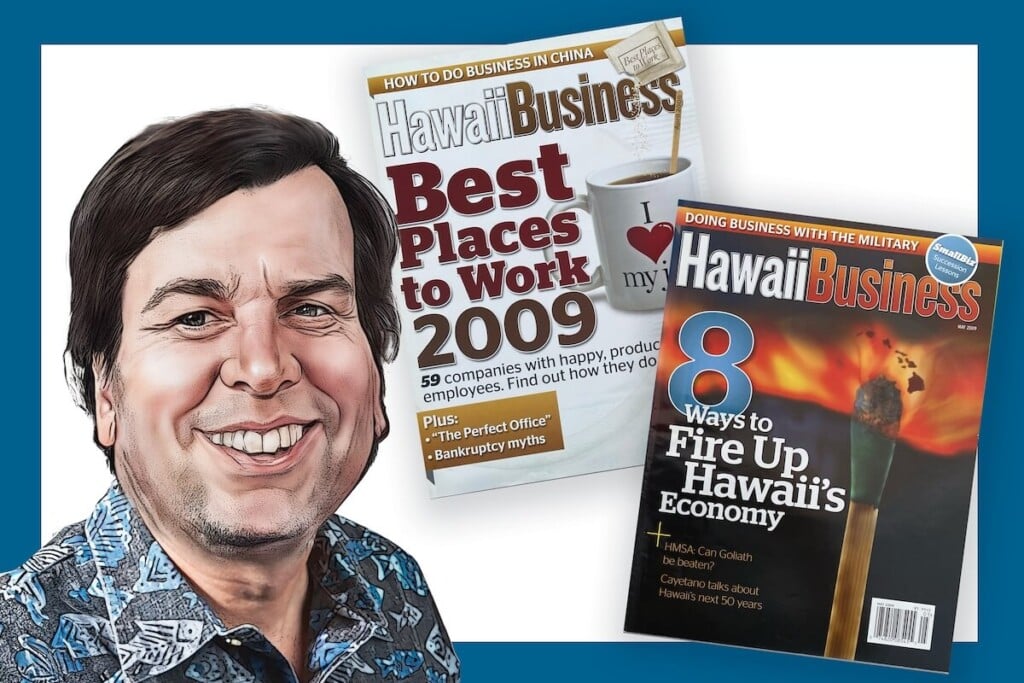Let Me Interrupt You for a Moment, Ma’am

I was at a meeting and listening to one of the most powerful women in Hawaii when something astonishing happened. Her recently promoted male deputy interrupted her. Not once, but several times.
Many studies tell me that I shouldn’t have been surprised, because women – even powerful women – are interrupted much more than men. An article last month in the New York Times by Sheryl Sandberg, COO of Facebook, and Adam Grant, a professor at the University of Pennsylvania’s Wharton School of business, cited studies and evidence from a gamut of different places: a bank, a health-care company, the writing room of a TV show and, even, the U.S. Senate.
The consequence of those interruptions: Women learn to speak less often.
Don’t suggest that women should be more assertive and interrupt their interrupters, because women have learned that backfires on them. Another study found that male CEOs who speak more than average have 10 percent higher approval ratings on average, while women CEOs who speak more than average are hit by both men and women with approval ratings that are 14 percent lower on average.
Research suggests that it is not enough to tell people that something bad is happening unequally to men and women. If that’s all you do, you are implicitly saying it’s OK. Instead, you have to say this bad thing is happening and it’s not OK; only then do people actually change their behavior and treat women and men equally.
I don’t know if I have been one of the interrupters in the past – I’m sure people act unconsciously when they do it. But, since I learned about the inequality of interruptions, I have been more careful to keep my mouth shut while someone else is talking, no matter what their gender.
If you get a chance, read Walter Isaacson’s book “The Innovators.” He’s the guy who wrote the great biography of Steve Jobs and, in his latest book, he follows the development of the computer across two centuries. Along the way, you learn about the stepping stones to the modern world and many of the colorful characters who paved the way.
A few takeaways:
• The best innovations were never the product of a single person working in isolation, but always the collaboration between two or more people, often with opposite personalities and very different skills.
• The innovators were mostly men, but women played crucial roles along the way. Unfortunately, the role of women was mostly written out of mainstream history – at least once, starting on the very day of their breakthrough.
• Your perspective is rarely the whole truth. So often, after the collaboration is finished and the accolades start pouring in, the innovators argue over who should get how much credit. The reality is always that whatever innovations you create, you do it in concert with others, while all of you and your contemporaries are standing on the shoulders of hundreds or even millions of other innovators who came before you. In other words, share the credit.
My favorite part of the book was when Isaacson tackles a big controversy in digital history: Was the ARPANET, an important forerunner of the Internet, built to withstand a nuclear attack? The men who designed it insist the ARPANET was not built to withstand a nuclear attack. They are right. But those further up the chain of command – the military and political leaders who funded the project in the 1960s and ’70s – insist that they provided the money because the ARPANET’s decentralized design made it less vulnerable to a nuclear attack. They were right, too. Having spent three decades covering news, I’ve learned that dualism is true of a lot of stories – both contradictory sides contain some of the truth.
If you don’t understand Millennials or you have the misconception that they’re slackers, you should read our coverage starting on page 36. As Courtney Templin points out: “Millennials aren’t better or worse, they’re just different.”
Personally, I’m a big fan of Millennials, partly because my two children are Millennials and they are two of the hardest working and interesting people I know. Besides, Millennials’ blending of work and personal life fits my style better than the traditional 8 to 5 mindset.
I’m a Boomer and, if I remember correctly, our elders considered us amoral slackers back in the day. Some of us were, some weren’t, but together we changed the world. Now, it’s Millennials’ chance to turn things upside down. I’m looking forward to the show.






